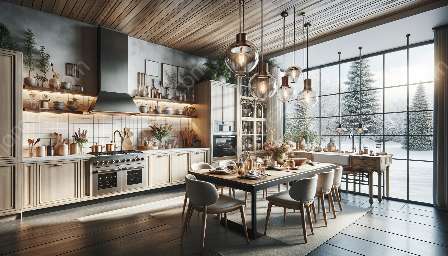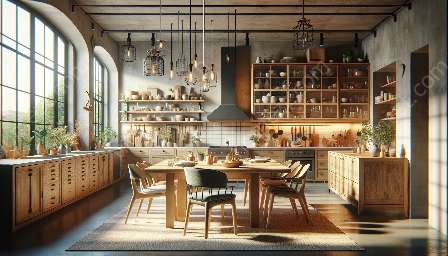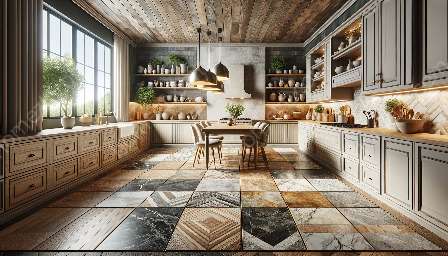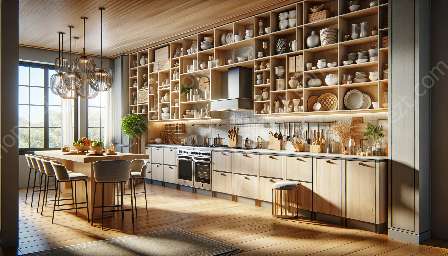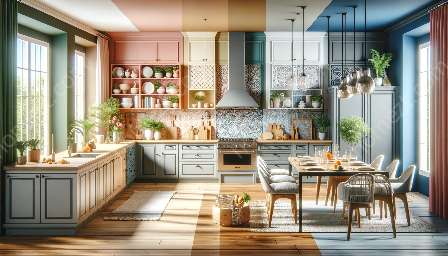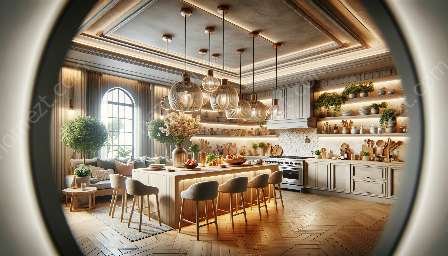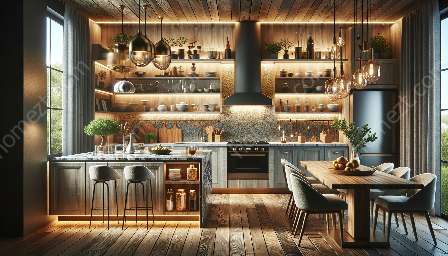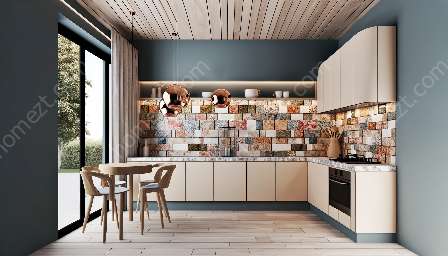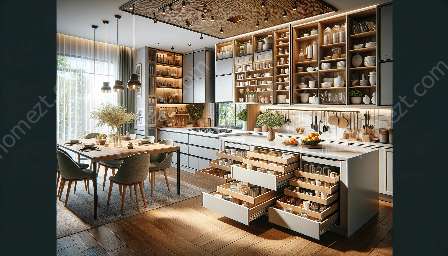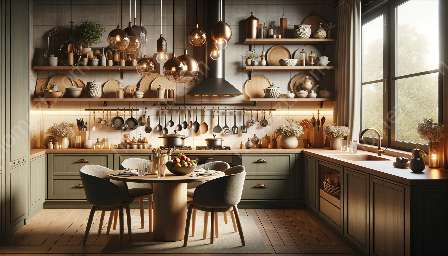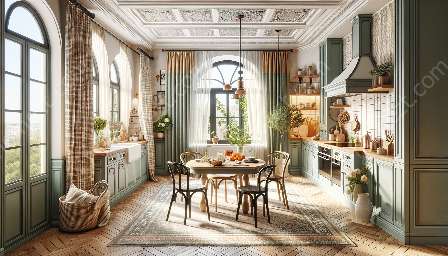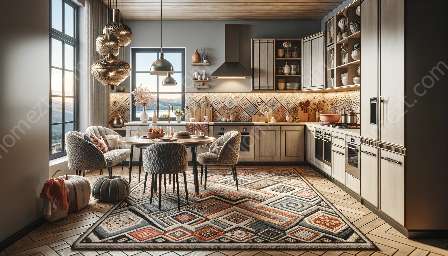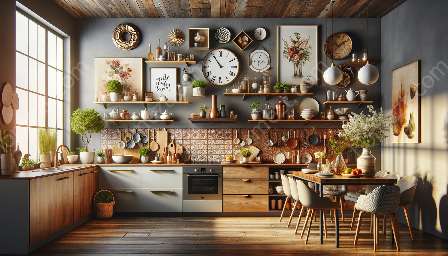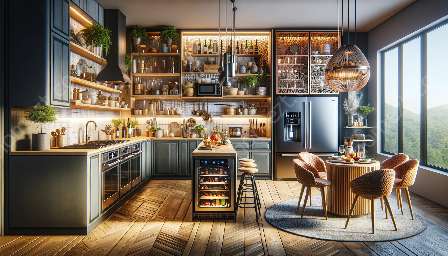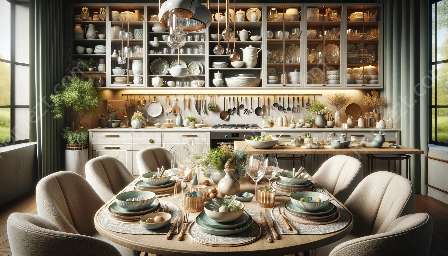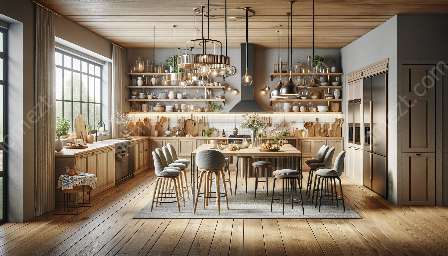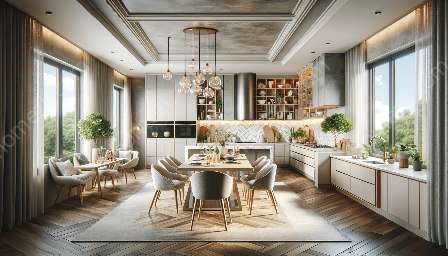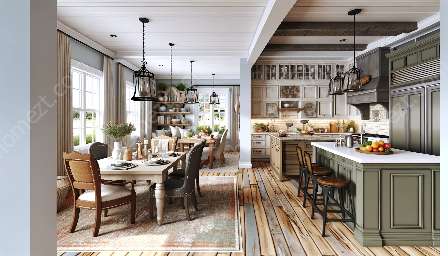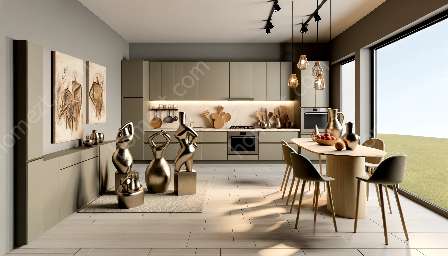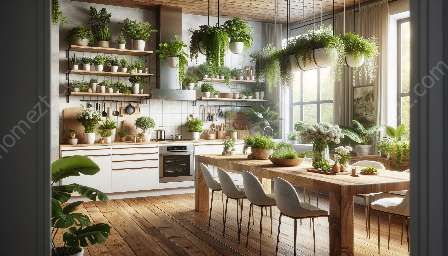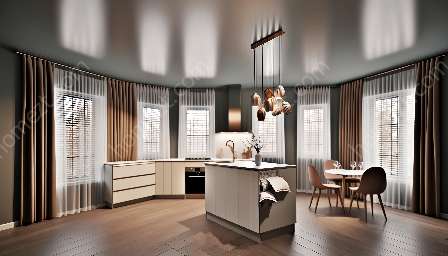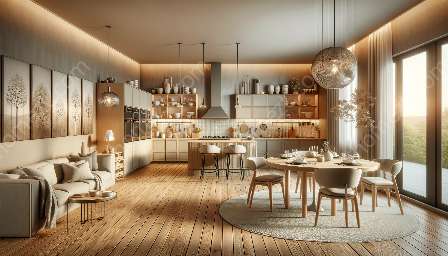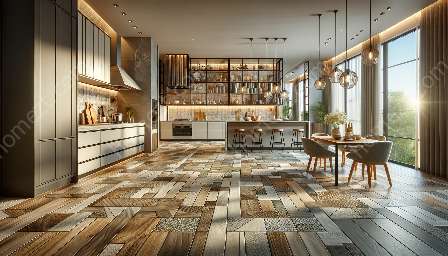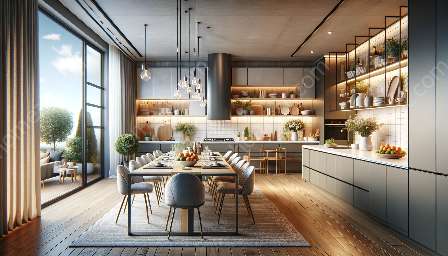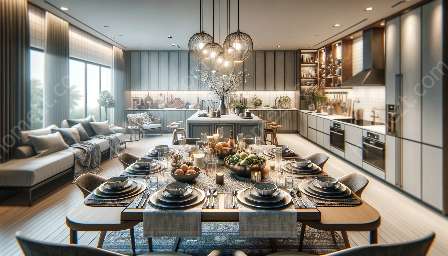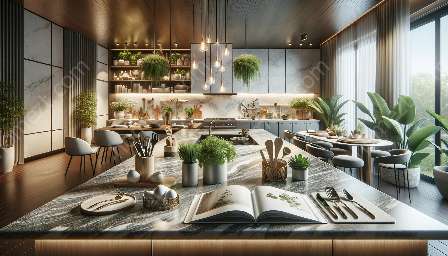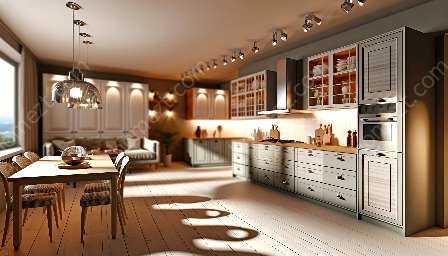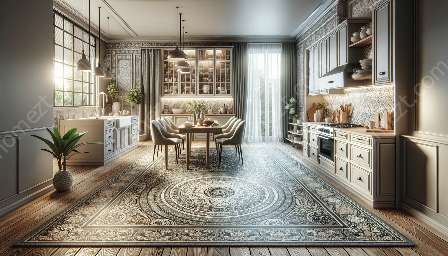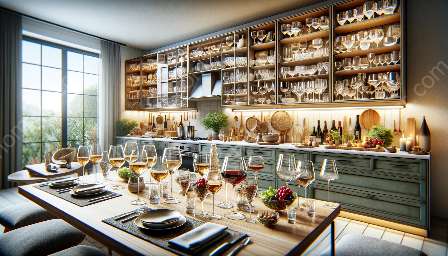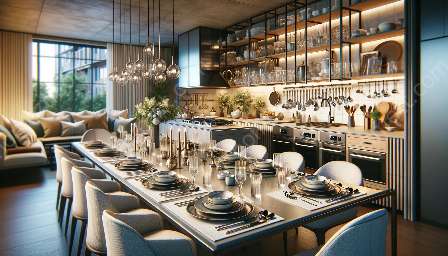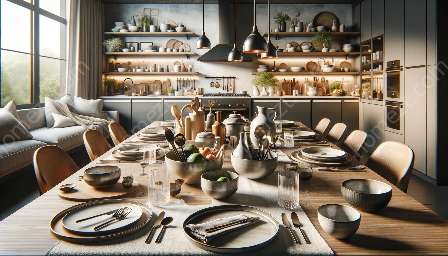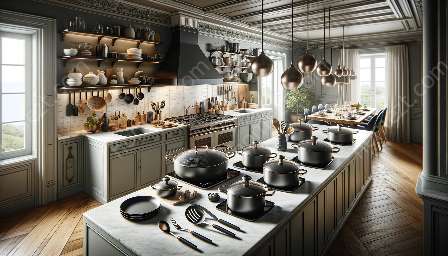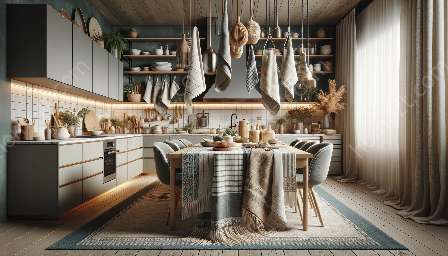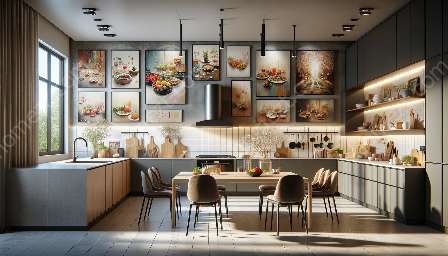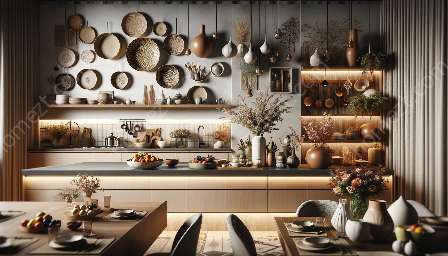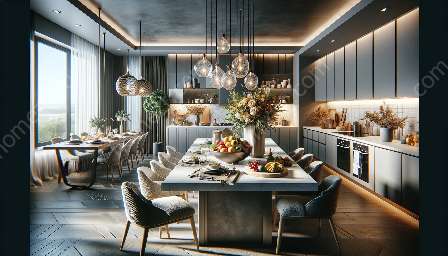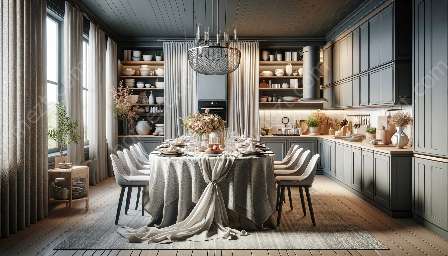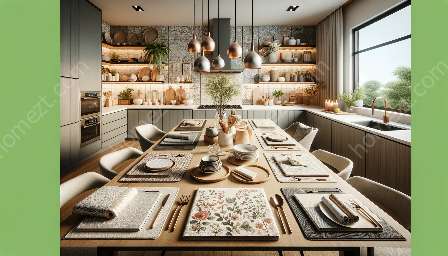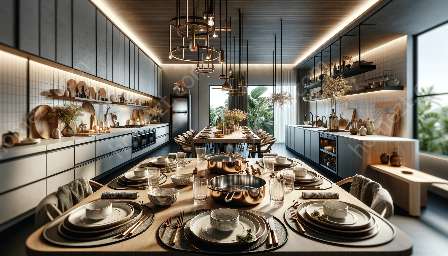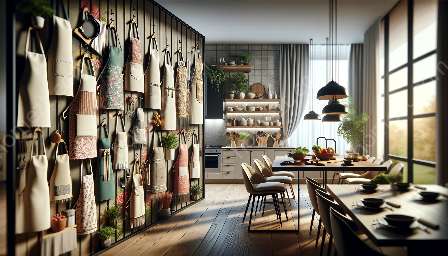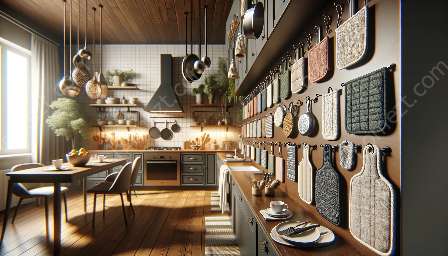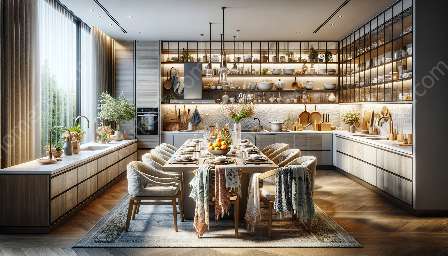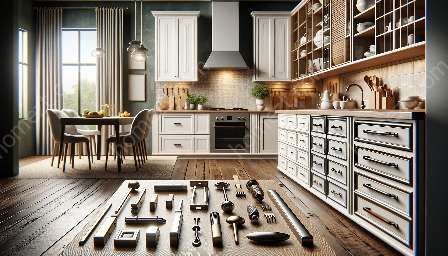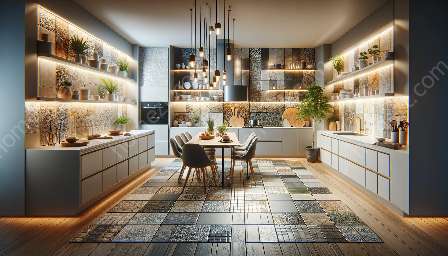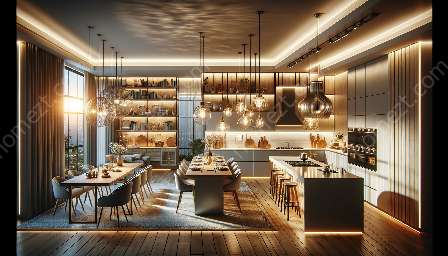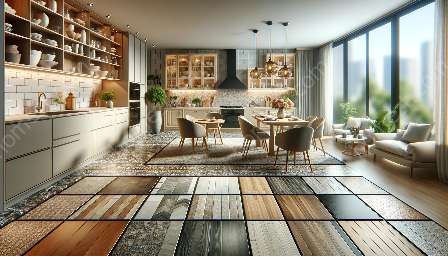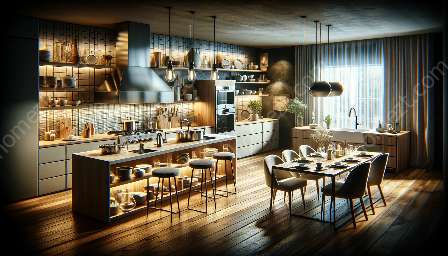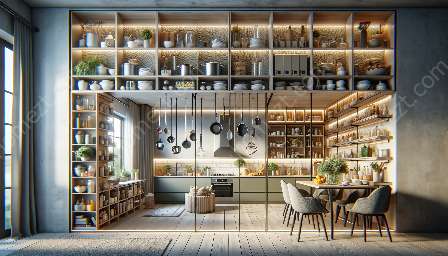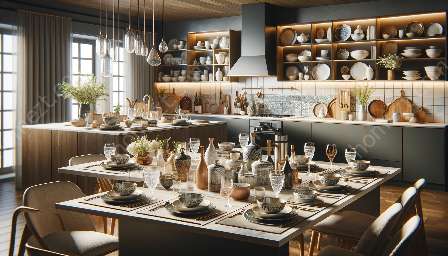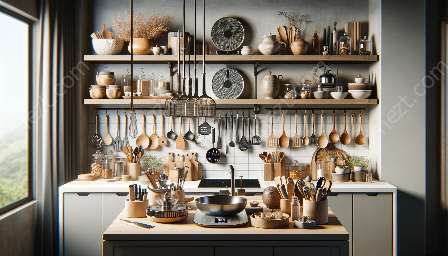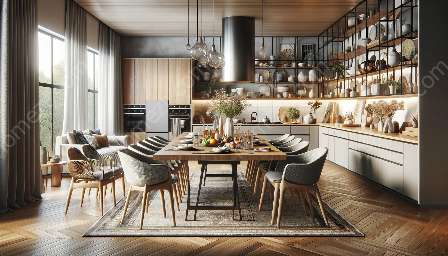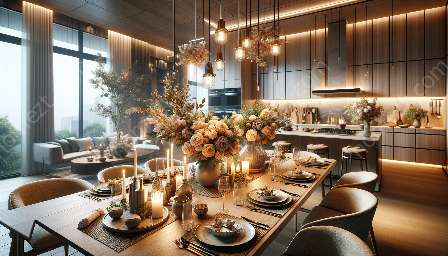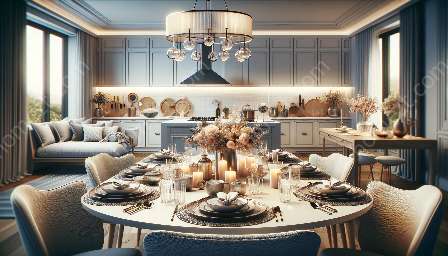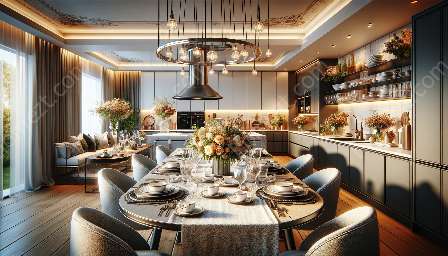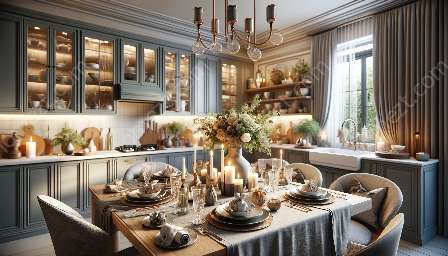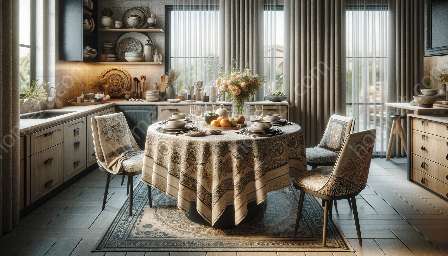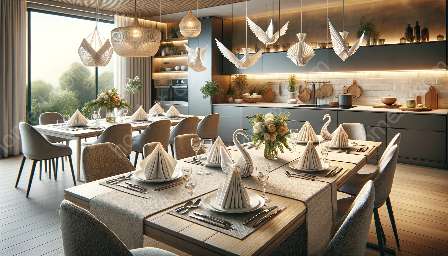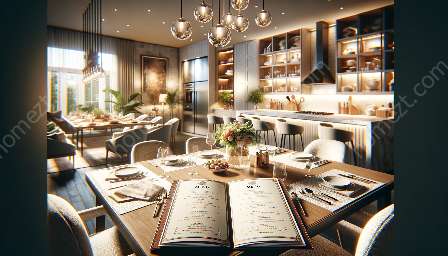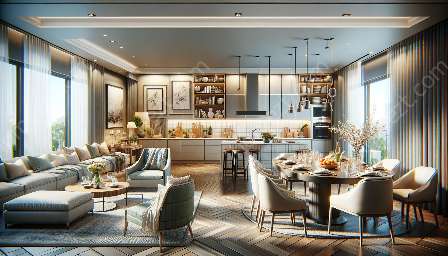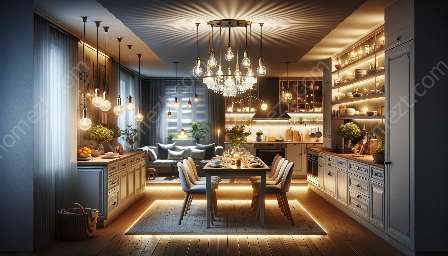When it comes to designing a kitchen, choosing the right colors is essential for creating a welcoming and functional space. The colors you select for your kitchen can greatly impact the overall ambiance and style of your kitchen décor as well as influence the dining experiences enjoyed in your kitchen and dining area.
Understanding the psychology of colors and their compatibility with kitchen décor and dining spaces is crucial for achieving a harmonious and visually appealing design. In this in-depth exploration of kitchen colors, we will delve into the key considerations for choosing kitchen colors, the impact of different colors on kitchen décor, and how to create a cohesive color scheme that enhances both the kitchen and dining areas.
Choosing the Perfect Kitchen Colors
Selecting the perfect color palette for your kitchen involves considering several factors, such as the size of the kitchen, the amount of natural light it receives, existing kitchen décor, and your personal preferences. The choice of kitchen colors should also align with the overall style and theme of your home, ensuring a seamless transition from one living space to another.
Neutral colors, such as white, beige, and light gray, are popular choices for kitchen walls, cabinets, and countertops. These hues provide a timeless and versatile backdrop that works well with various kitchen décor styles. Bright and vibrant colors, like red, yellow, and turquoise, can be used as accent colors to infuse energy and personality into the kitchen design. Additionally, the use of natural materials and textures, such as wood and stone, can further enhance the visual appeal of the kitchen.
The Psychology of Kitchen Colors
Colors have the power to evoke emotional responses and influence behaviors. Understanding the psychology of colors can help in selecting the most suitable hues for creating a comfortable and inviting kitchen environment. For example, warm colors like red, orange, and yellow can stimulate appetite and create a cozy atmosphere, making them ideal for dining areas within the kitchen. In contrast, cool colors such as blue, green, and purple have a calming effect and can make a kitchen feel more spacious and serene.
Impact of Colors on Kitchen Décor
The choice of kitchen colors can significantly impact the overall décor of the space. Lighter colors can make a small kitchen appear larger and brighter, while darker hues can add a sense of depth and drama to larger kitchens. Creating a balance between light and dark shades can help in shaping the visual dynamics of the kitchen. When harmoniously integrated, colors can accentuate architectural details, highlight kitchen accessories, and tie together different design elements to create a cohesive and inviting ambiance.
Cohesive Color Schemes for Kitchen and Dining Areas
For open-plan kitchen and dining spaces, it is essential to create a cohesive color scheme that seamlessly connects the two areas while maintaining distinct identities. Utilizing a consistent color palette with variations in tone and intensity can help in achieving visual continuity and flow between the kitchen and dining spaces. Carefully selected colors should complement the kitchen cabinets, countertops, dining furniture, and accessories to establish a harmonious and inviting atmosphere.
Conclusion
The role of kitchen colors in shaping the ambiance, style, and functionality of the kitchen and dining areas cannot be underestimated. By understanding the impact of colors on kitchen décor and dining experiences, you can make informed decisions when selecting the perfect hues for your kitchen. Whether you opt for soothing neutrals, bold accent colors, or a combination of both, the thoughtful integration of colors will undoubtedly enhance the overall appeal of your kitchen and dining space.

